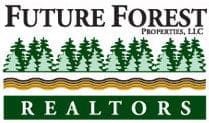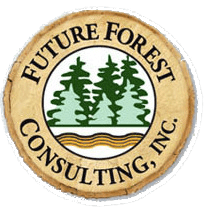Timberland realty appraisals provide property buyers or sellers with an accurate valuation of pre-sales timber. Owning and investing in forested lands isn’t new—buying a wooded area and developing it for timber reserves or turning it into a public park is a well-known investment strategy. If you’re buying this type of land, a specialized appraisal is necessary for insurance, financing, litigation, or tax purposes. Here are things you can expect about the process.
A Timberland Appraiser’s Process
Evaluators need to know the components of the property so they can proceed with the appraisal. They might also ask you for the appraisal’s purpose since it will inform their procedures. If you want to ensure your property, for example, the appraiser might evaluate your buildings separately from the land or the timber.
Appraisers must also identify the boundaries of your property. They must know exactly where your land begins and ends and what is within that perimeter. They can provide an accurate value if they know property characteristics like the quantity, type, and age of timber or access, acreage, and land use.
There are three generally accepted methods of valuation in timber appraisals. An evaluator can use the sales comparison approach, the cost approach, or the income capitalization approach. The three methods have strengths and limitations, and an evaluator chooses which type to primarily use depending on the property and market conditions. Generally speaking, timber and real estate appraisals combine all three.
In sales comparison, appraisers estimate market value by identifying land similar to the subject property. They check ones that are listed for sale, under contract, or recently sold and note their prices. Meanwhile, in the cost approach, an evaluator computes land value based on the timber components, both merchantable and non-merchantable. Finally, in income capitalization, appraisers use discounted cash flow analysis to arrive at a figure describing the property’s capacity to generate benefits, which indicates its value.
For active forest properties, appraisers include in their computations other factors. They will evaluate recent sales and calculate future income based on the amount, quality, and age of the marketable timber.
How Appraisers Arrive at a Final Value
After evaluating all crucial factors, appraisers prepare a final report. As previously mentioned, an appraiser will tend to use one or two valuation methods more than the rest in coming up with a final value.
For example, if you’re trying to sell the land, the appraiser will most likely use income capitalization the most. Anticipation of value is the most critical factor in this type of sale. Meanwhile, if you’re buying, they might consider sales comparison more than other methods. If it is a timber-only sale, they could use any of these three methods.
Conclusion
A timberland appraisal follows the fundamental rules of real estate appraisals. However, it differs significantly—for instance, appraisers will consider saleable timber, land productivity, and other factors. Whether you want to sell or buy forest land, you need to have a good idea of the actual value of your property—it will help you negotiate the best price.
Future Forest Properties is the best choice for individuals buying or selling forest realty in New York State. Our licensed brokers have knowledge and experience in assessing and marketing forest properties in western NY, and we assist our clients in everything from 1031 tax exchanges to finding government grant opportunities. Contact us today for inquiries!

